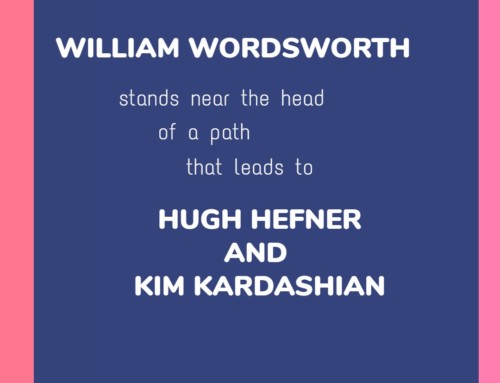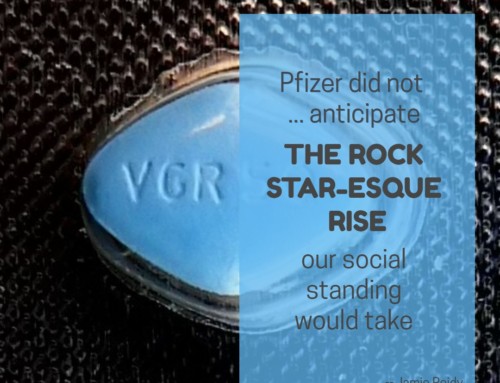This week’s book is such heavy-duty reading, you’ll need closed-toe shoes and maybe a helmet.
I keep running across terms like “cultural Marxism,” “Frankfurt School” and “post-modernism.” Shopping the books that can explain all this stuff to me has been like standing at the lip of the Grand Canyon, choosing which donkey to ride down the trail.
The winning donkey is The Devil’s Pleasure Palace by Michael Walsh. (I’m planning a second trip, riding a runner-up donkey, which you’ll hear about eventually.)
Let’s see if I can sum up the main ideas:
The Frankfurt School was a group of German intellectuals who immigrated to the U.S. after World War II. They derived their ideas from 19th-century thinkers such as Rousseau and Marx. Funneled through the teeming minds of the Frankfurters, these idea became what we call “Critical Theory.” And Critical Theory lies at the base of political correctness, the sexual revolution, the shenanigans at Supreme Court justice confirmation hearings — you know, all the delights of modern life.
The toughest pages are the ones wherein Walsh draws on various 19th-century operas to illuminate his point. The author probably can’t help himself; he’s a music critic. And art certainly expresses the politics and world view of the era in which it is created. Fair enough. But they illuminated nothing for me.
Walsh mentions Wagner, a lot.
Oh, I can tell you all you need to know about Wagner. One season, my husband and I took up opera. It was a mighty big leap for me, culturally; I am not ashamed of loving corn-pone humor down in Pigeon Forge a whole lot more than vibrato singing in strange languages. But I was a good sport. We made it through some Mozart, and some Verdi, I’m pretty sure.
Then one night, we went to hear Wagner.
“That was . . . trying,” I said, leaving the concert hall.
“Yeah, most people have trouble with Wagner.”
I wished I’d known that earlier in the week. We could have given away our tickets, gone out for a haggis dinner and had a much better time.
Anyway, Walsh makes his case about Wagner and Marx and all these German thinkers, whose theories have now trickled down to where they affect our politics, our educations and, most worrying of all, our careers.
If I had to sum it up, I would say that Critical Theory worships reason but freaks out about reality. Maybe these quotes will help you get the gist of it:
Once safely in the United States, the Frankfurt School sappers had one philosophical objective: to remove the moral high ground of the American Way and replace it with self-doubt. (P. 107)
There is no need to consider the sum total of the artists’ life and works; instead, all that is necessary is to find a single politically incorrect remark, attitude, or letter with which to discredit him, and the task is complete. . . . No allowance is made for mere mortals . . . They, who celebrate human weakness and moral deformity in all its guises, can find no tolerance—otherwise, one of their favorite words and most important “moral” principles—for fallibility when it comes to the West and Christianity. (Pp. 102 – 105)
They have turned prominent institutions of what used to be called “higher learning” into reeducation camps of lower learning, populating them with “diversity” commissars and political officers, blunt fists in tweed jackets, sucking taxpayer money to fuel their own employment, forcing the larger population to subsidize their own theory of destruction. (P. 210)
Similarly, the modern Left’s ideas about “justice” have nothing to do with justice as most Americans traditionally understand it (blind, impartial, procedural) and everything to do with payback (social, economic, results-oriented). Both Muslims and leftists, in the furtherance of their aims, rely on their common enemy’s good-natured misunderstanding. (P. 177)
On the Unholy Left, there is no idea too stupid to try. (P. 147)
Photo credit: Tobi NDH on Visualhunt.com / CC BY







Leave A Comment